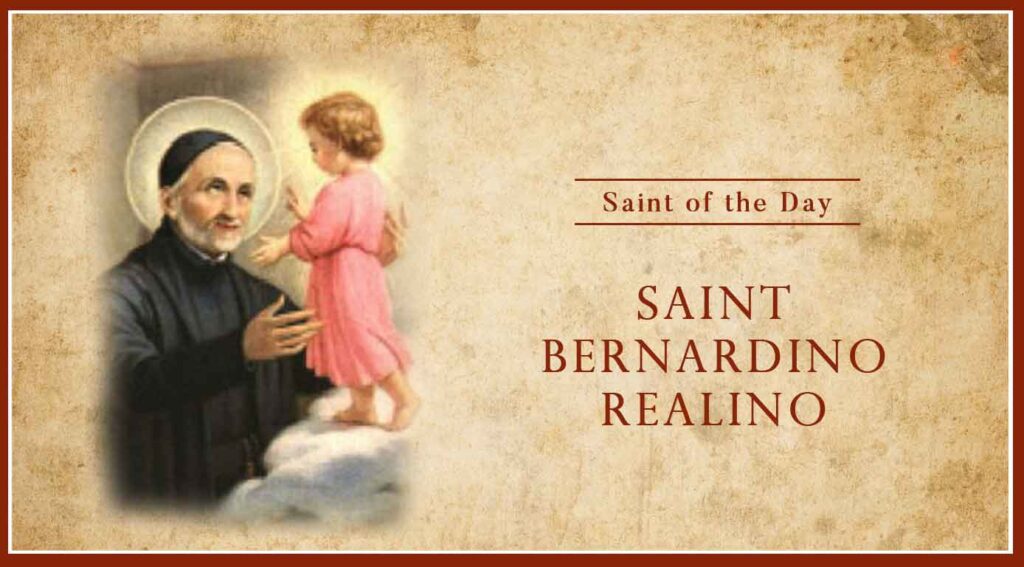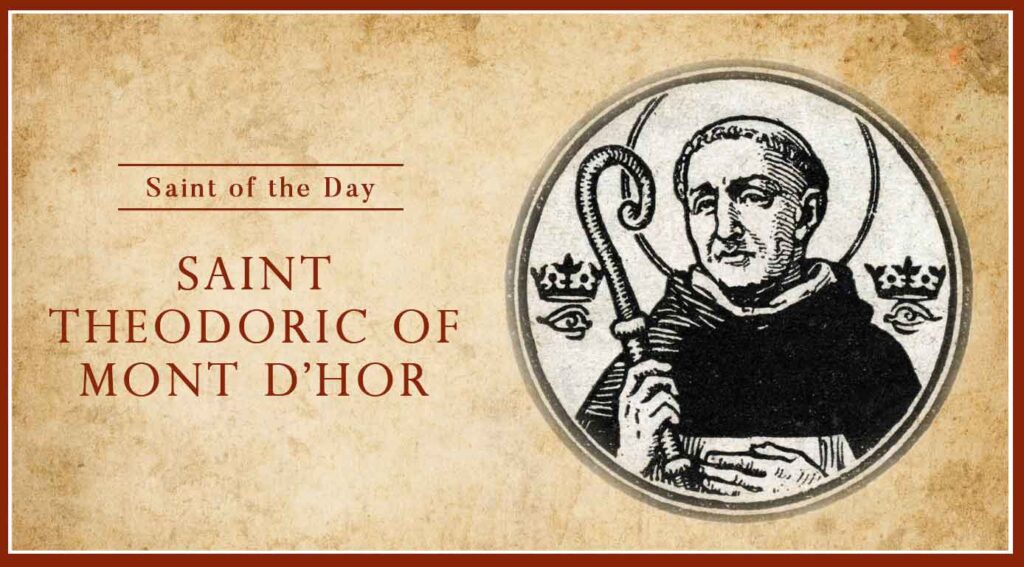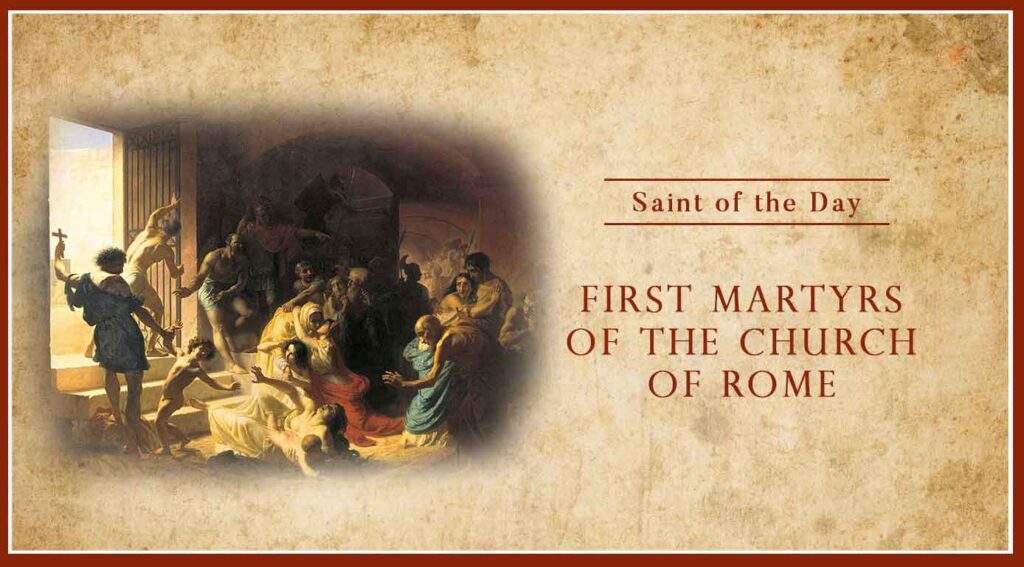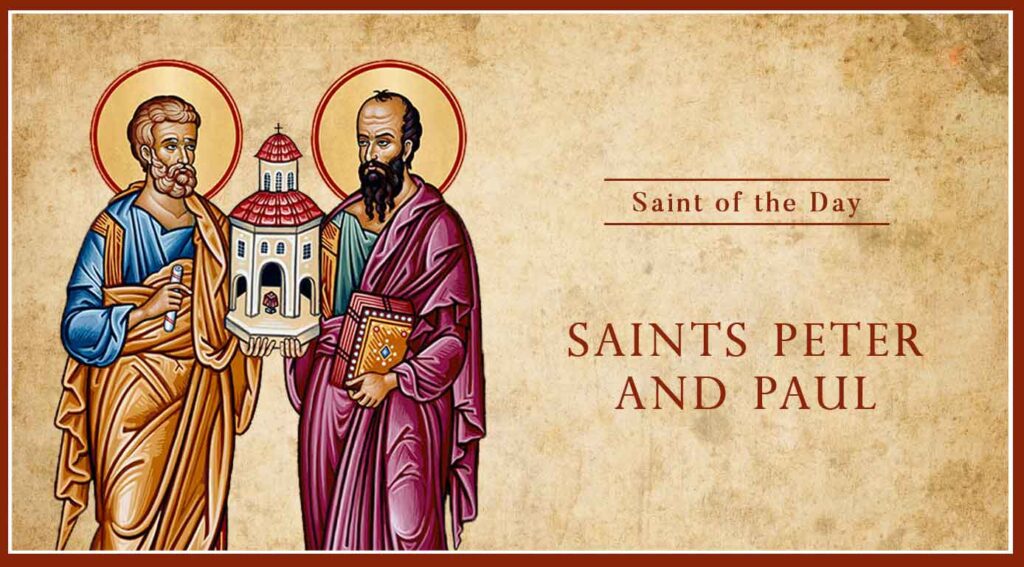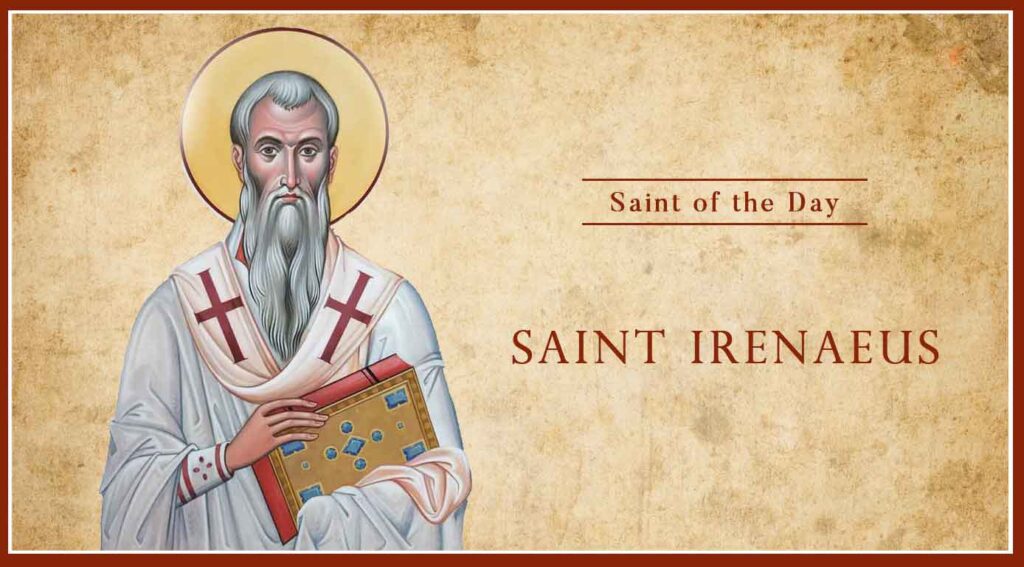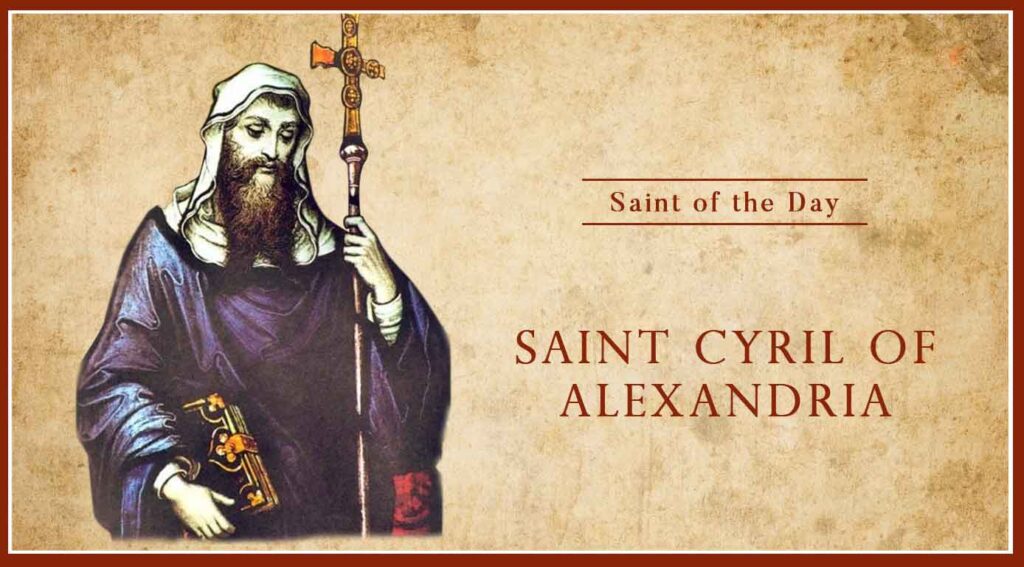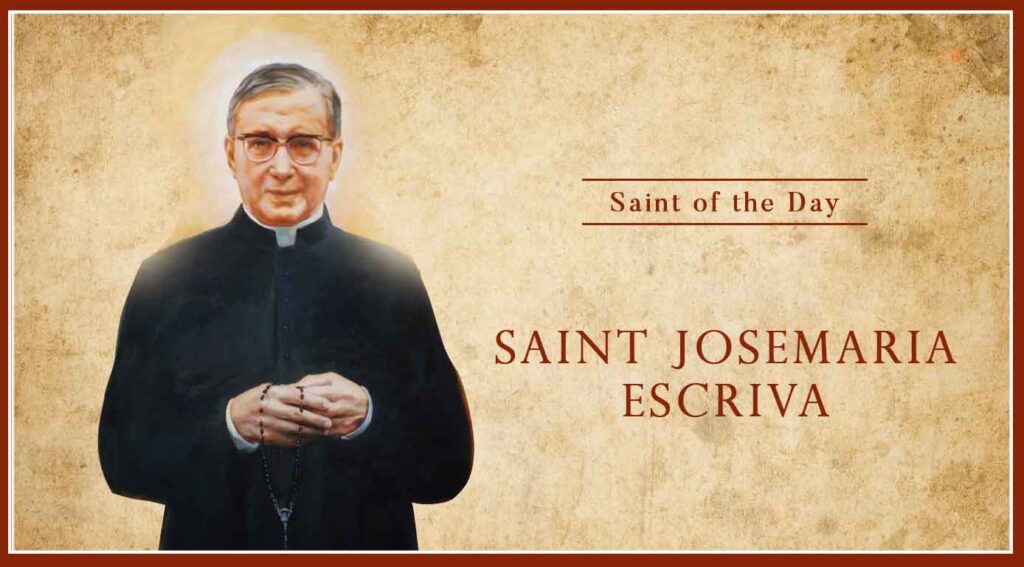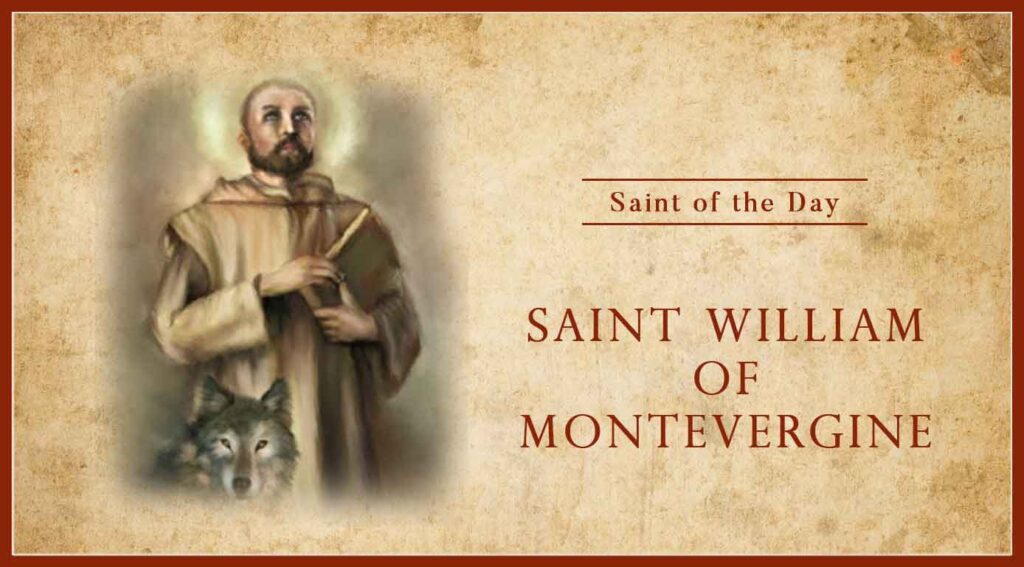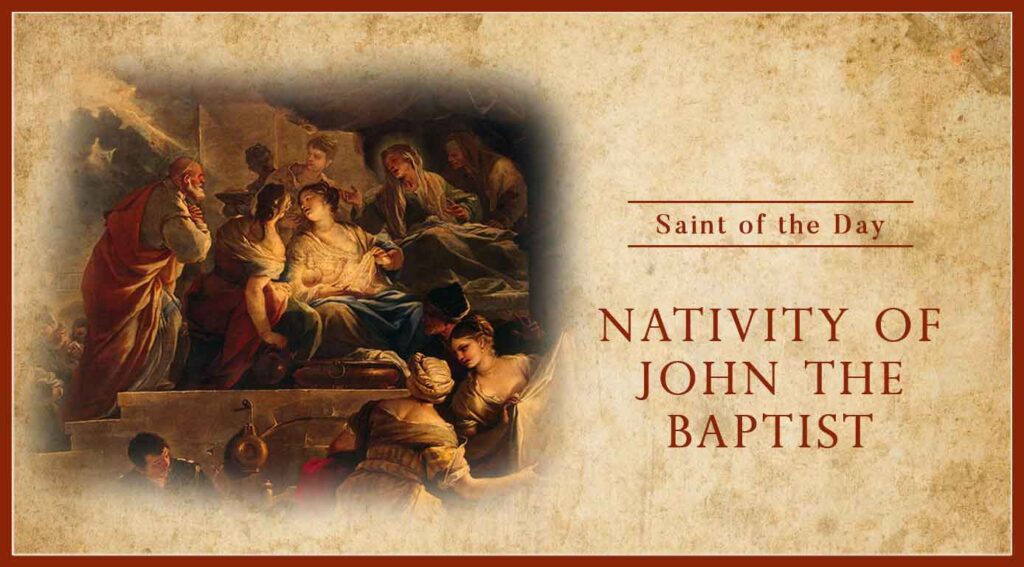Saint Bernardino Realino
Saints Bernardino Realino was an Italian Roman Catholic priest and a professed member of the Jesuits. He was born in Carpi on 1 December 1530 to nobles.
He first attended school at Modena. Realino began his studies in philosophy and medicine in Bologna but altered this midcourse to law. In 1556, he graduated with a doctorate in law. Through his family’s influence, he was appointed as the podestà of both the Cassine and Felizzano cities – he served as a judge in Felizzano. He was viewed as honest and became the praetor of Castelleone. He also became noted in these places for his legal brilliance and learning. He entered the service of Francesco Ferdinando d’Avalos and moved to Naples to act as the superintendent of the fiefs of the Marquis.
In 1564, he joined the Jesuits and began his period of the novitiate. In 1567, he was ordained to the priesthood. He was later sent to found a Jesuit house and college in Lecce in 1574. In 1583, he began a movement for diocesan priests to foster their virtues and to improve their moral-theological education to make them better confessors and preachers. Saints Bernardino Realino spent most of his life going from place to place preaching parish missions. He taught catechism and visited slaves on the galleys in the harbour at Naples.
In 1610, he suffered a fall and sustained two wounds that never healed. Not long before his death blood was taken from one leg wound and placed in glass vials; his health took a sharp decline in June 1616.
He is often dubbed as the “Apostle of Lecce” for his commitment to the poor and for his preaching abilities.
Saint Bernardino Realino Read More »


